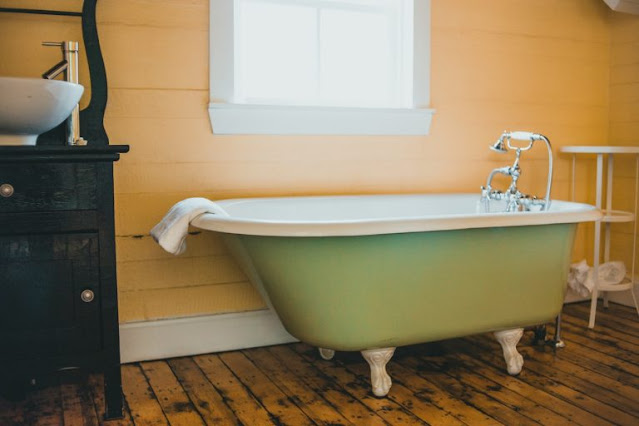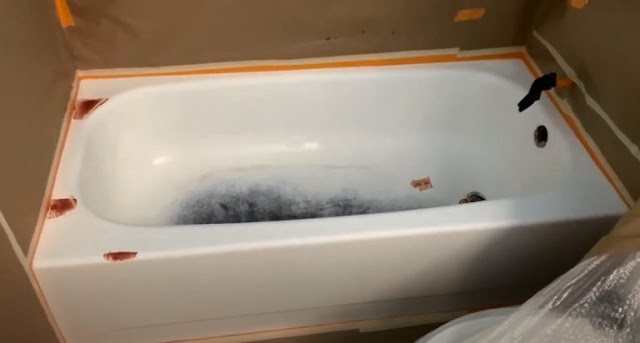The Ultimate Guide to Finishing Walls and Floors
The finishing process for walls and floors is often overlooked, but it’s a crucial step in the construction of any building. Walls need to be painted or papered and floors will need to be finished with a suitable sealant before they can withstand heavy traffic. Finishing walls and floors not only protects them from wear-and-tear but also gives your space a professional look that will impress potential customers when they visit! In this post, we’ll give you some tips for finishing these areas so that your home or office looks like you’ve been working on it all year!
There are many different materials that can be used for finishing walls and floors. Drywall or plasterboard is often coated in dry-wipe paint, and tiled surfaces are generally sealed with grout sealant. Here’s how to finish these areas:
– For painted walls, use an enamel gloss or satin paint which will last longer than flat paints. A good idea would be to buy two colors of paint so you could make one wall half glossy while the other remains matt. This creates variety without having to repaint! Check out this article on painting techniques for more ideas about what type of style might work best for your home.
– To cover up any uneven patches around tiled areas before you seal it with grout, use a thin layer of plaster. Apply the material to any areas you feel need some smoothing out and leave for about ten minutes before wiping away thoroughly with water.
– Seal tiled surfaces using acrylic or silicone-based grout sealant that is safe on both back tiles as well as front ones – check your product instructions carefully if they’re not clear!
If you want to make your own DIY products rather than purchasing them from the store then try making these three items: – A coat of paint mixed with PVA glue will work as a good primer before painting walls; this also prevents chipping in high traffic areas such as near doorways. To create a really smooth finish, use a roller to apply the paint evenly.
– A mixture of baking soda and white vinegar will create a great scrubbing paste for use on tiled surfaces; this also works well on stainless steel, chrome, or other metalwork that needs some cleaning.
This is what you need: two tablespoons of baking soda mixed with three teaspoons of distilled white vinegar. Add more water if necessary until it becomes a smooth consistency, then add about one tablespoon at a time into a bowl containing cloudy warm water – make sure your hands are clean before touching your home’s delicate surface! The grime should disappear within minutes leaving you with an easy-to-clean surface ready to be sealed against future dirt particles.
You may also want to check: Installing Wall and Floor Surface – Your Guide to Doing It Right
Tips for Finishing Walls And Floors
Fill dips and knotholes – in floors with latex underlayment before installing vinyl flooring. Locate low spots with a long straightedge. then apply underlayment with a large wallboard knife. Let the underlayment dry, sand it smooth, then clean the surface thoroughly.
Apply silicone caulk – to flanges on bathtubs and shower bases before installing cement board or water-resistant wallboard. The Caulk creates a solid bond and keeps water from seeping into the wall.
Staple a vapor barrier – over insulation in exterior bathroom walls or walls that adjoin unheated spaces. The plastic vapor barrier prevents moisture from condensing in the walls.
Patch holes in walls – like those made when installing pipes or wires, using pieces of wallboard cut to fit the openings. Attach small patches to the framing members with hot glue or construction adhesive; attach large patches with wallboard screws. Cover seams with fiberglass wallboard tape and wallboard compound.
Make access openings – in wall surfaces so bathtub and shower fittings and shutoff valves can be reached easily. A whirlpool may require two access panels, one for the drain plumbing and one for the pump motor. Trim the opening with mitered wood moldings, and cover it with a removable plywood panel finished matching the surrounding wall or whirlpool deck.
When you’ve finally finished installing your beautiful new flooring and are ready to take a step back, do yourself the favor of inspecting for dips or knotholes before sealing. Fill them with latex underlayment then let them dry overnight. If there are any low spots that can’t be filled in due to lack of space, use a straightedge to mark their locations before applying the underlayment. Let surface dry completely then sand smooth after finishing all other work on the room. Finish by cleaning thoroughly to remove dust particles from the installation process which could cause problems later when the sealant is applied. Finally – silicone caulk should be applied where flanges meet surfaces such as bathtubs and shower bases so they won’t leak
We have been providing quality workmanship and customer service. Our team is knowledgeable about all aspects of bathtub reglazing and refinishing. You can count on us to provide excellent results with every project we undertake.
If you’re like most people, you probably think of hiring a professional when it comes to bathtub refinishing and flooring. And although that can be an option, there are some things you should know before taking the plunge. First off, tub reglazing is something that requires experience and skill in order for it to turn out well. Secondly, if this is something that needs special attention then why not pay someone who specializes in these kinds of projects?
VT Lakewood Tub Reglazing & Refinishing has been providing tub reglazing services along with other interior finishing jobs such as wall painting and floor refinishing services.
We offer competitive pricing and our services come with a 100% satisfaction guarantee!
Call today! Schedule an appointment now by calling (848) 233-3008 or filling out this form online!




Comments
Post a Comment